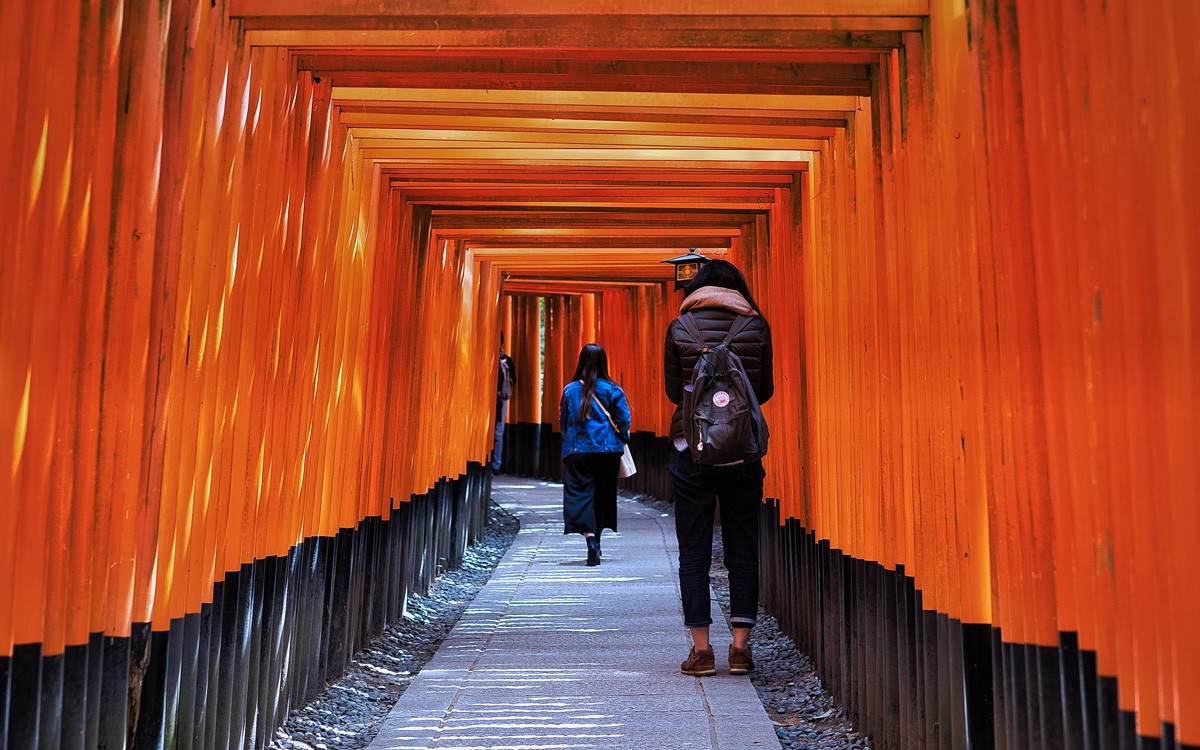
One thing is certain when you book a trip to Japan: Your friends will tell you to see this temple or that shrine, eat this ramen or that sushi. But let me get this out of the way right out of the gate: You will never see everything you want to see in Tokyo.
There are a thousand guides covering everything from the weird to the wonderful, traditional to modern. This isn’t going to be a giant list of where to go and what to eat. You’re just as likely to enjoy the 100¥ onigiri from Lawson or 7-Eleven as you are a 20,000¥ Kaiseki dinner. Barring death or loss of limb, it’s very hard to completely screw up a trip to Tokyo.
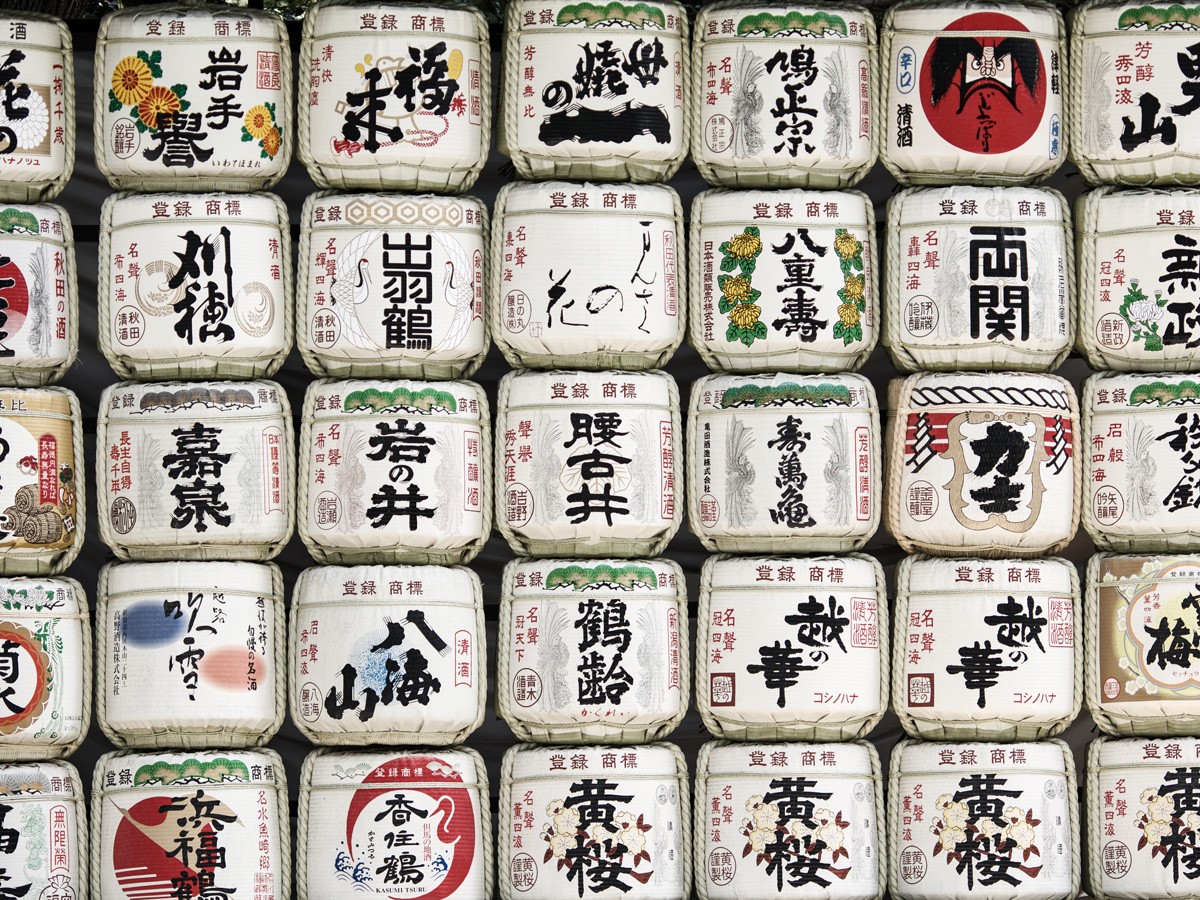
As an American traveling in Japan, there are really only three things you need to make your trip smooth sailing: a Japan Rail (JR) pass, a Suica card and a mobile wifi hotspot. You must get the JR pass before you leave the U.S.; once you get to Japan, you are out of luck. A quick Google search will bring up a hundred different travel agency offerings, but one of the most convenient for Southern Californians is through JTB (online.jtbusa.com/JRPass.aspx). It has an office in Torrance if you don’t want or don’t have time to get it mailed. Once in Japan, take your JR Pass paperwork and your passport to any JR office to exchange it for your pass. The JR Pass is good for travel on any JR subway line and almost any Shinkansen (bullet train) in the country.
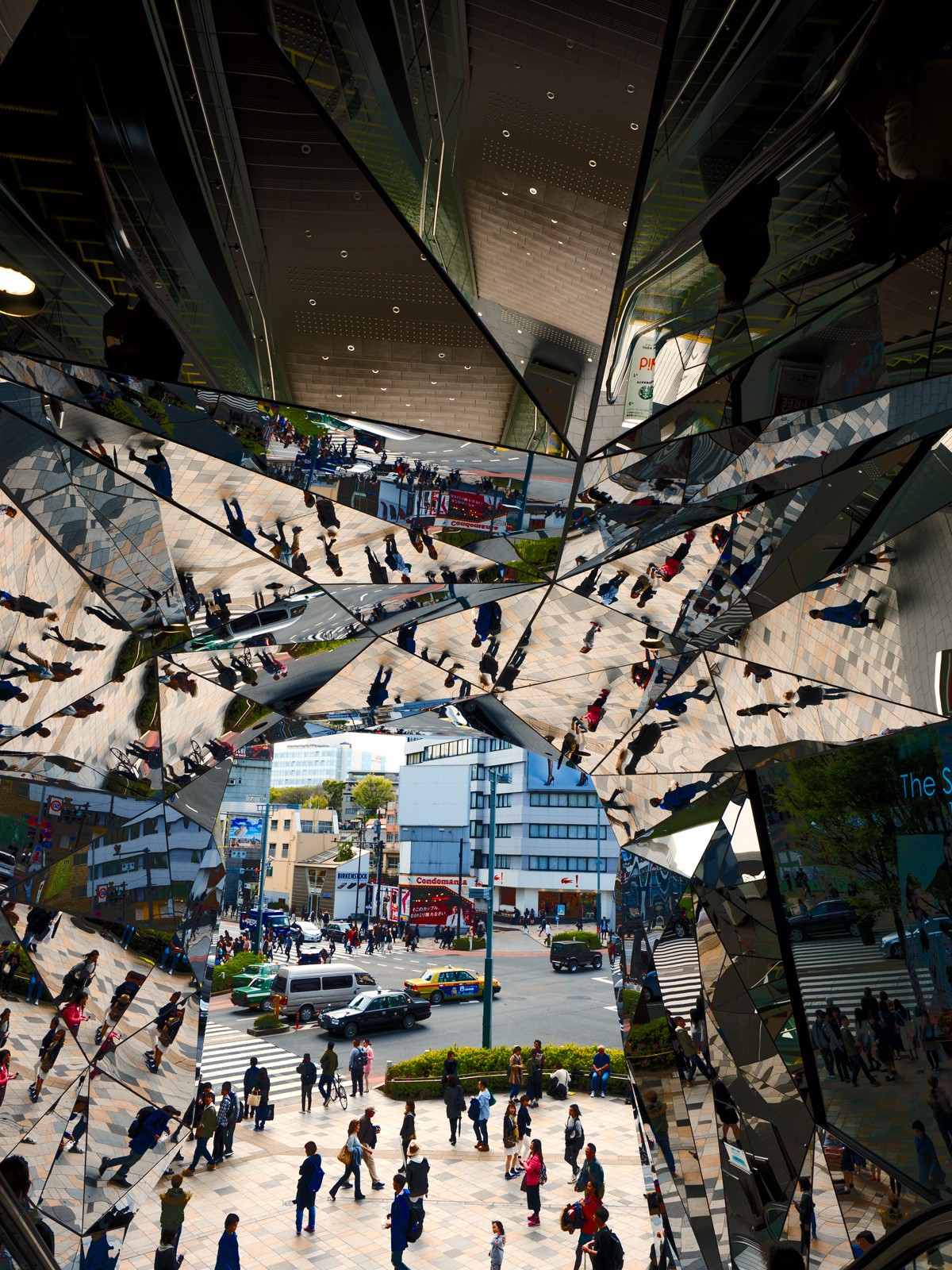
The Suica card can be purchased at any train station and loaded with money. You can use it to pay vending machines, as well as for train lockers and entry into the subway system. It’s extremely useful for the small things. And it will even work at most vendors at the airport when you are on your way home. (Life hack: When you eventually have a giant, jingly pocket full of Yen coins, you can just drop the value onto your Suica card. It never expires, so you can bring it when you invariably return.)

Finally, the pocket wifi is the biggest lifesaver, as most modern phones allow for some sort of wifi calling, whether it’s Skype, FaceTime or another option. Having a reliable wifi connection everywhere you go enables you to stay connected while overseas. There are many providers, and prices vary based on the amount of data and speed. Expect to spend anywhere from $30 to $100 for a week of connectivity. Most providers will deliver one to your hotel or allow for pickup at whichever airport you fly into.
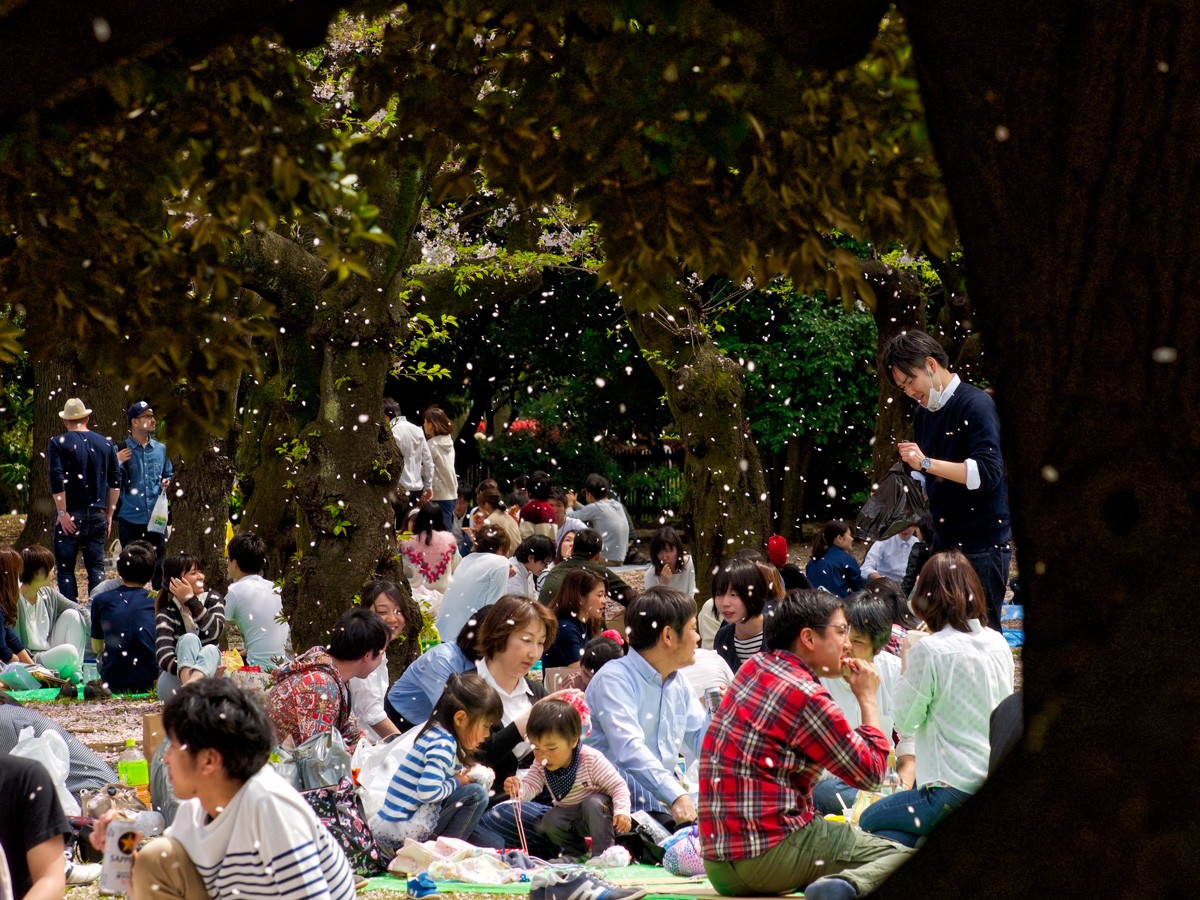
There is a lot of walking and riding the subway in Tokyo, as cabs can be prohibitively expensive. Avoid the heat and humidity of summer monsoons (which makes the close quarters on the subway interesting), and opt for the spring or fall. Early April, when the weather is mild and warm, is Sakura, the annual cherry blossom season. It only lasts two weeks and it’s easy to miss. If you manage to catch it, you will see every corner of the country fill with pink and white blossoms.
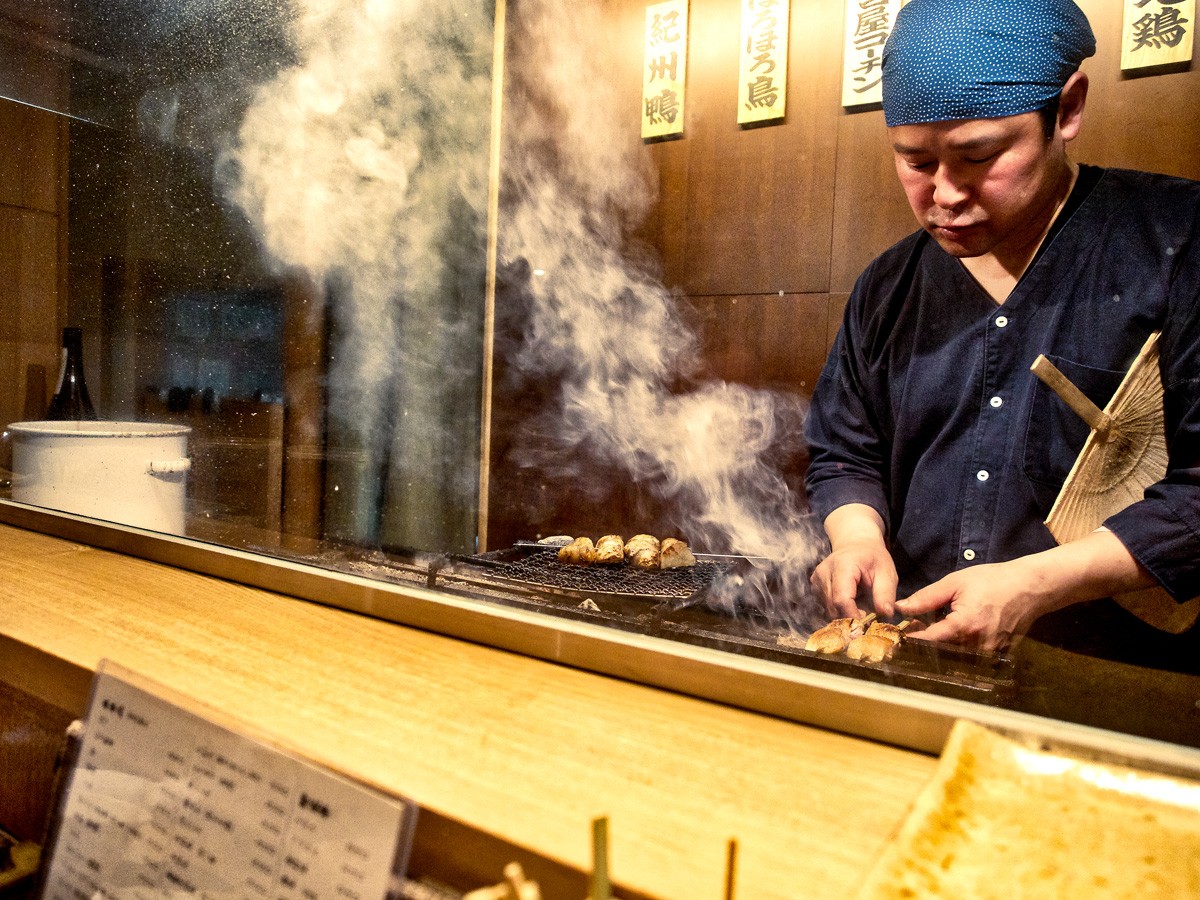
To better manage expectations, know ahead of time that normal tourist destinations (read: temples and shrines) are busy. Not just busy, but shockingly busy. Picture-ruiningly busy. Sakura is no different, with popular viewing areas filling up early and staying crowded. So practice zen and know this probably won’t be your last visit.
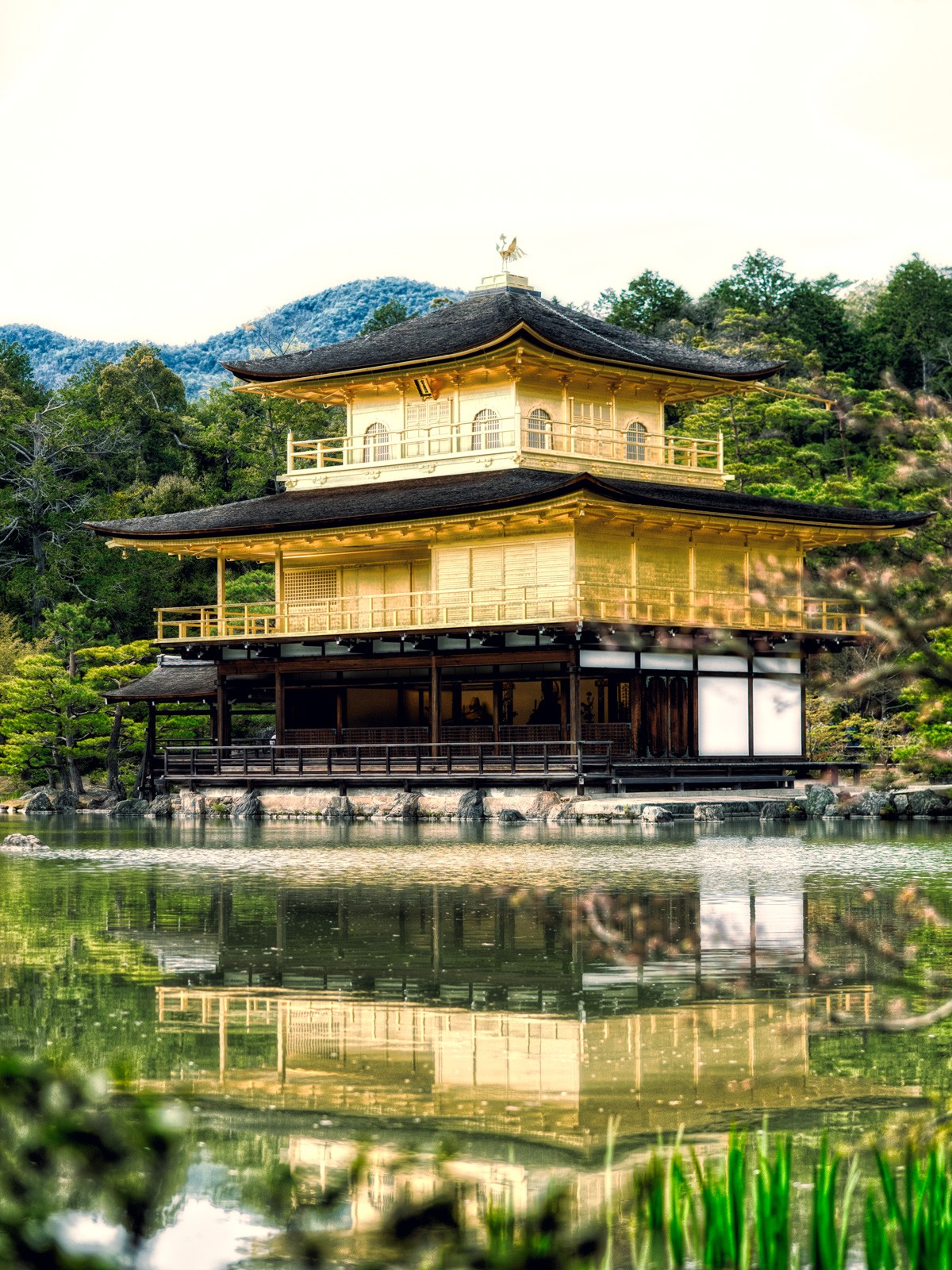
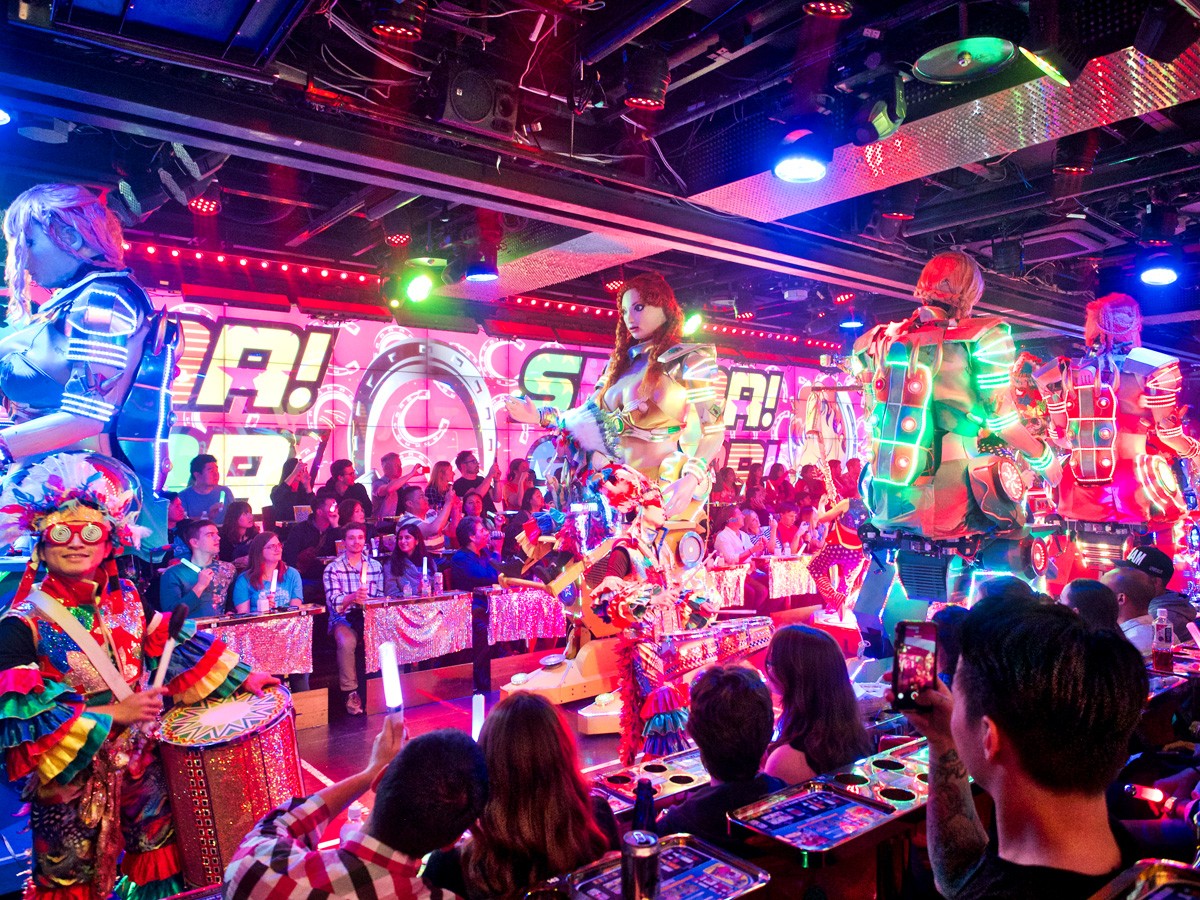
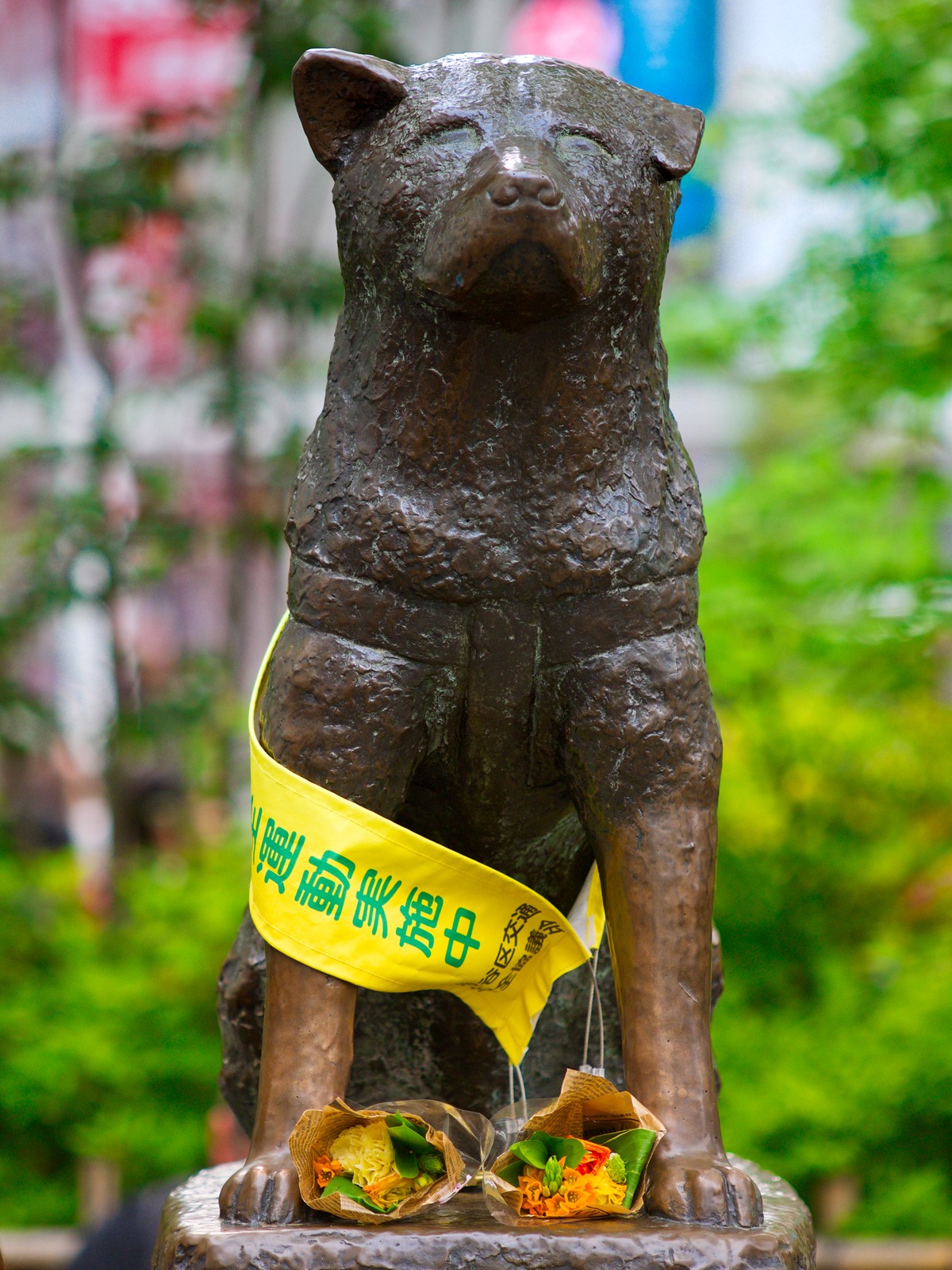

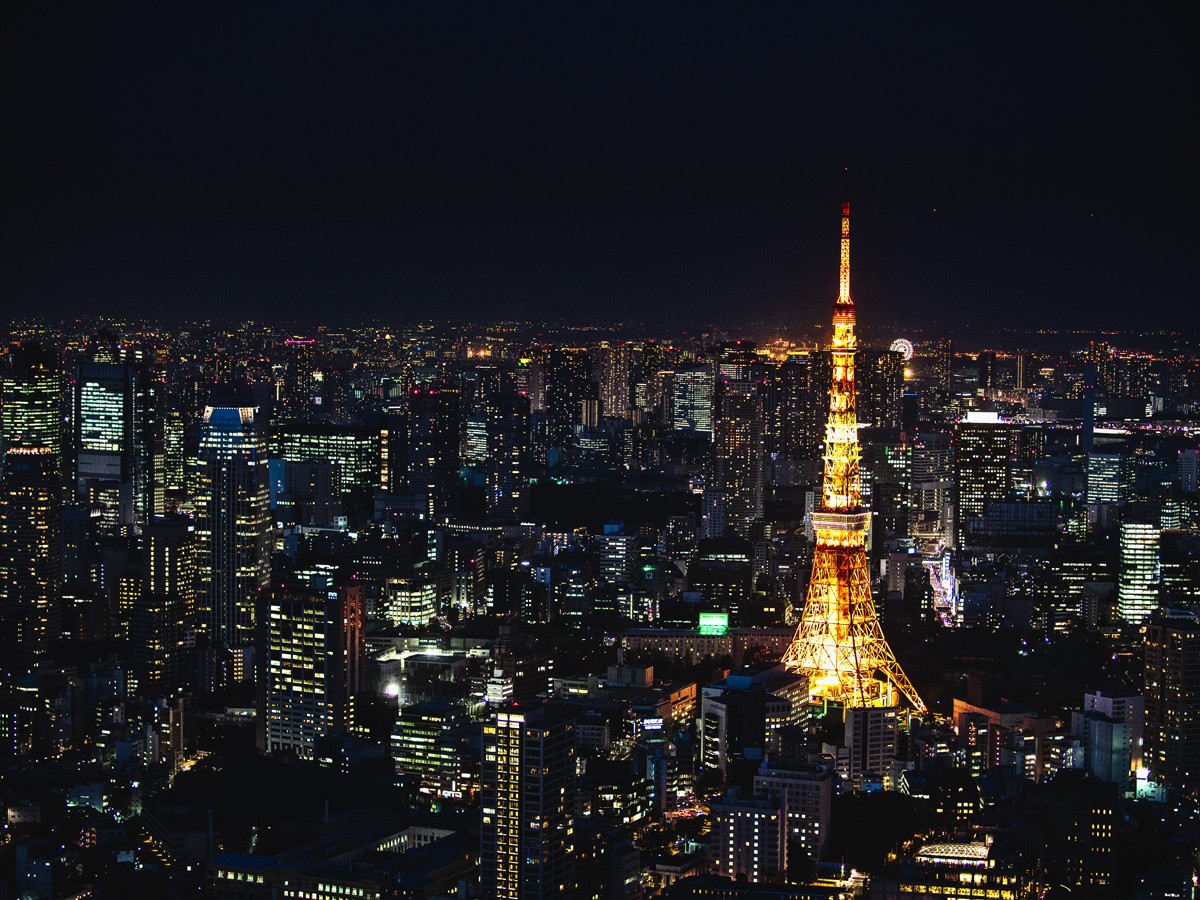
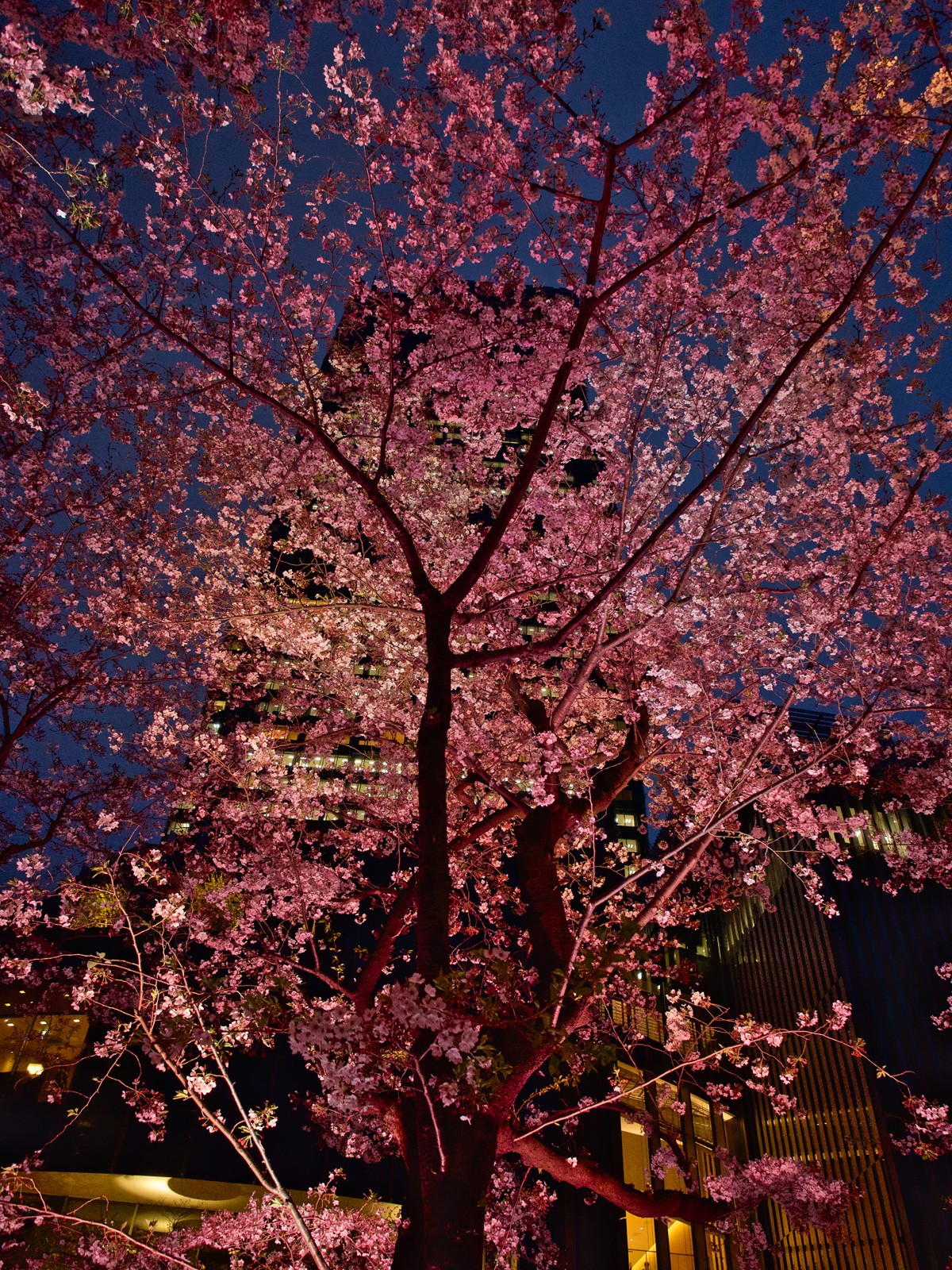
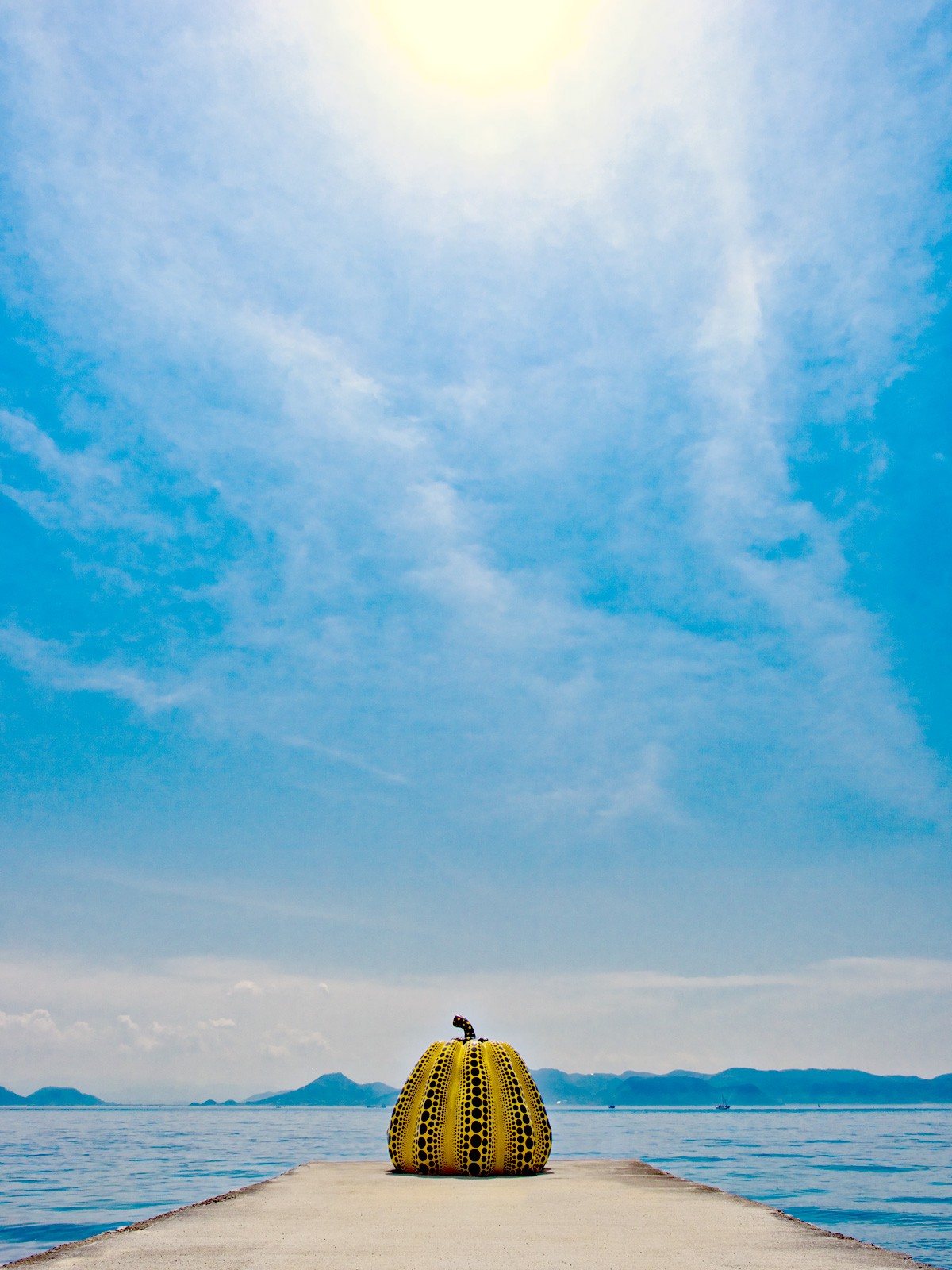
Dustin


I’m in dote on with the cbd products and https://organicbodyessentials.com/products/cbd-honey-sticks ! The serum gave my shell a youthful support, and the lip balm kept my lips hydrated all day. Knowing I’m using disinfected, consistent products makes me guess great. These are in the present climate my must-haves for a renewed and nourished look!